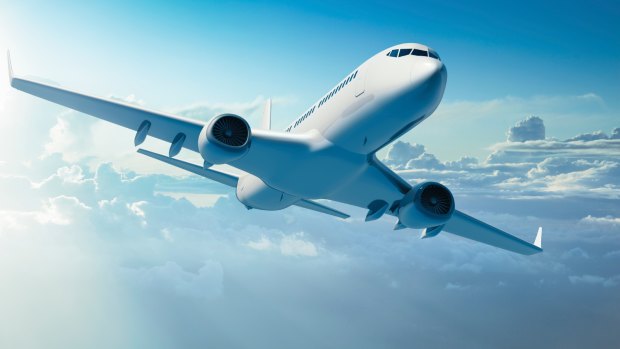This was published 9 years ago
Why do the windows of commercial jet aircraft have a tiny hole?
By Michael Gebicki

Windows on modern commercial jet airliners have a tiny hole to regulate pressure.Credit: iStock
Modern commercial jet airliners have three windows and this hole, about the size of a match head, is in the middle pane. Known as a breather hole or a bleeder hole, it exists to regulate pressure.
As the aircraft climbs pressure inside the aircraft is increased relative to pressure outside. If it didn't, when the aircraft reached cruise altitude everyone inside the aircraft would be gasping for air, fainting and feeling very unwell. Only the two outer windows are structural.
The innermost window is simply there so that passengers can rest their heads against it without compromising the safety of the aircraft.
Aircraft are designed so that the higher pressure inside the cabin causes the outer window to "push" against the lower pressure outside, maintaining the sealed environment within in the same way that a cork functions in a champagne bottle.
The hole in the middle window allows the higher pressure inside the cabin to be applied against the outermost window.
If the outer window was to fail the middle window is there to take its place.
Even though some of the high pressure inside the cabin would leak through the hole it's small enough that the air pressurisation system inside the aircraft could easily cope with this fractional increase in load, although the pilot would be alerted instantly and might descend to lower altitude.
On the same topic, aircraft windows are oval rather than square since square windows are subject to higher stress at their corners.
Square windows were cited as a probable reason for the mysterious mid-air break-ups suffered by several early de Havilland Comets, the world's first commercial jetliner.
Sign up for the Traveller newsletter
The latest travel news, tips and inspiration delivered to your inbox. Sign up now.